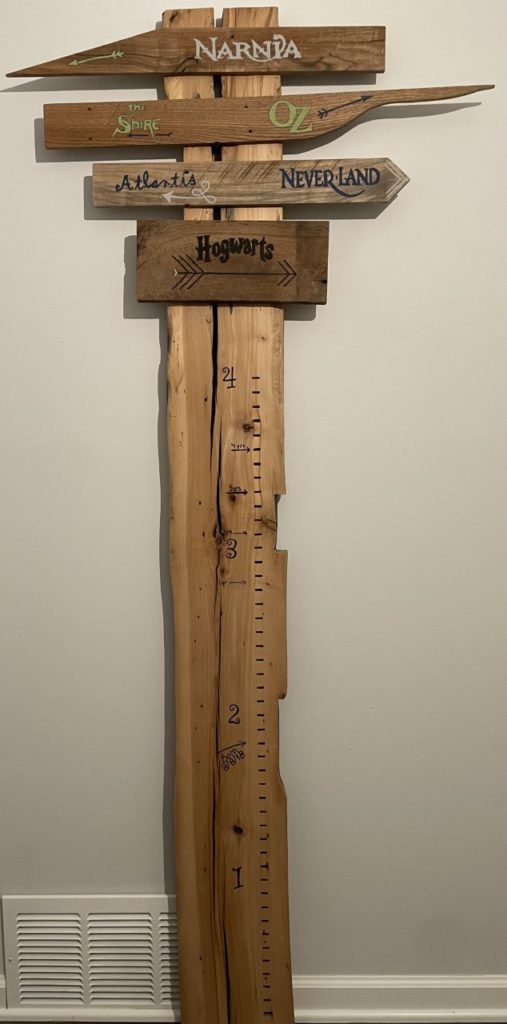(From Wikipedia)  In traditional Japanese aesthetics, wabi-sabi (侘寂) is a world view centered on the acceptance of transience and imperfection.[2] The aesthetic is sometimes described as one of appreciating beauty that is “imperfect, impermanent, and incomplete” in nature.[3] It is prevalent in many forms of Japanese art.[4]
In traditional Japanese aesthetics, wabi-sabi (侘寂) is a world view centered on the acceptance of transience and imperfection.[2] The aesthetic is sometimes described as one of appreciating beauty that is “imperfect, impermanent, and incomplete” in nature.[3] It is prevalent in many forms of Japanese art.[4]
Wabi-sabi is a composite of two interrelated aesthetic concepts, wabi (侘) and sabi (寂). According to the Stanford Encyclopedia of Philosophy, wabi may be translated as “subdued, austere beauty,” while sabi means “rustic patina.”[5] Wabi-sabi is derived from the Buddhist teaching of the three marks of existence (三法印, sanbōin), specifically impermanence (無常, mujō), suffering (苦, ku) and emptiness or absence of self-nature (空, kū), however, originally the concepts were seen as two distinct concepts.[6]
Characteristics of wabi-sabi aesthetics and principles include asymmetry, roughness, simplicity, economy, austerity, modesty, intimacy, and the appreciation of both natural objects and the forces of nature. It is often discussed in tandem with a similar aesthetic concept, mono no aware.
Highlight what you may consider your flaws make them your greatest advantage strive off them live off them make them your superpower! 💪



